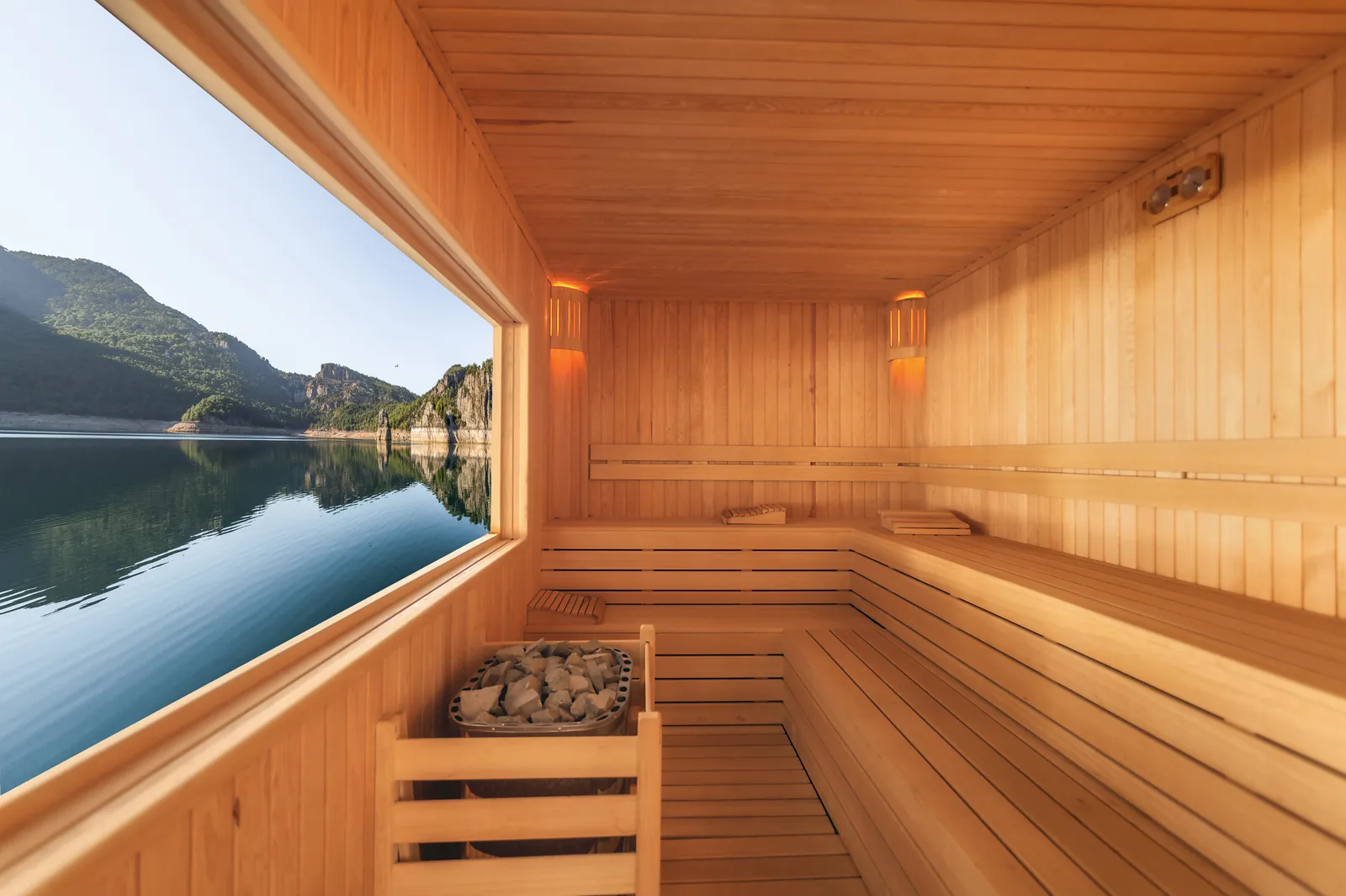Sauna rooms are increasingly popular in fitness and wellness spaces. Whether you’re looking to build one in your own home or want to find a professional sauna installer near you, proper planning and construction will ensure the best results.
Start by identifying the type of wood you want (cedar, hemlock or mixed), framing specs and insulation. Then, add exterior controls and a drain inside for water use.
Heater
Whether using a kit or designing your sauna room, the heater is an important feature to consider. A good sauna kit will include a heater and electrical or gas controls.
Typically, saunas are made from wood, such as cedar and pine. Cedar is one of the sturdiest softwoods, and pine, when kiln-dried or thermally treated can provide a durable and attractive sauna.
Another option is aspen wood, which has a mild earthy scent and doesn’t splinter or secrete resin. Likewise, Douglas fir, which doesn’t have knots, has a light color that complements LED lighting for a warm ambiance.
Lighting
The lighting of a sauna is key in setting the ambiance. Different colors create different moods and can promote relaxation or refreshment.
Lighting is also important for safety. Sauna lights must withstand high temperatures and moisture levels without becoming damaged or posing a fire risk. Specially rated LED strips are ideal as they are dimmable and safe to install.
They also offer a long lifespan. It’s recommended to place the light switch and dimmer outside the sauna room where it is most easily accessible.
Sound System
Adding a sound system to your sauna adds depth and quality. Whether listening to music, podcasts or a TV program, the right speakers and components ensure your audio experience is as enjoyable as possible.
Many sauna manufacturers offer pre-packaged audio systems for quick installation and convenience. These may provide extra inputs, Bluetooth for streaming and built-in CD players to accommodate your preferences and budget.
A good sound system requires tuning to optimize performance. This includes checking driver functionality and polarity, aiming the speakers, setting splay angles and relative levels between speakers, setting crossovers, and intelligibility analysis.
Seating
You’ll need to consider how you’re going to use your sauna. You’ll likely want to sit, lie down and semi-recline in your sauna, so design for these different options.
Choose a wood that can be used for benches and walls. A common choice is Alaskan yellow cedar, resistant to fungus and mold and has a subtle scent that complements LED lighting.
Other popular choices are Western Red Cedar, which offers a beautiful variety of blonde tones and is durable against temperature and humidity fluctuations, or Canadian Hemlock, which has a tight grain, a smooth transition between colors and is hypoallergenic.
Door
Many homeowners dream of adding the stress-easing relaxation of a sauna to their homes. While modular kits are available, a bespoke installation ensures design and function work perfectly in symbiosis.
The first step in a bespoke sauna install is stripping down the existing space to bare wall and ceiling studs and framing out any new walls that may be needed. Insulation and a foil vapor barrier are then installed.
ADA-compliant saunas feature moveable lower benches and doors that swing out to allow wheelchair access. Your Finnleo dealer can provide two or three-dimensional CAD design assistance to help you visualize your ADA-compliant sauna layout options.
Flooring
The sauna floor contributes to the space’s ambiance and helps with heat distribution and insulation. Wood flooring provides a natural feel and absorbs and radiates heat well. It’s also durable and low maintenance – and slip-resistant when wet.
You can opt for tile or stone surfaces that last longer than wooden floors and are resistant to fluctuating temperatures and humidity. These surfaces are easy to clean and respond well to specialized sauna cleaning products.
You’ll need to insulate your sauna with fiberglass insulation properly — install it per the manufacturer’s instructions and ensure a foil vapor barrier between each panel.
Design
Whether you’re building your custom saunas in a converted room, adding one to your home’s framing or transforming an existing outdoor space into your wellness suite, there are a few design considerations to remember.
For example, sauna wood must be resistant to moisture to withstand the high temperatures and prevent molds and mildew. Cedar and western hemlock are popular options because they retain color, resist splitting and shrinking, and are hypoallergenic.
Another option is to choose Douglas fir, a distinct and durable species that’s lightweight and beautiful. It’s also safer because it breaks into small circular pieces rather than sharp, jagged shards if damaged.





